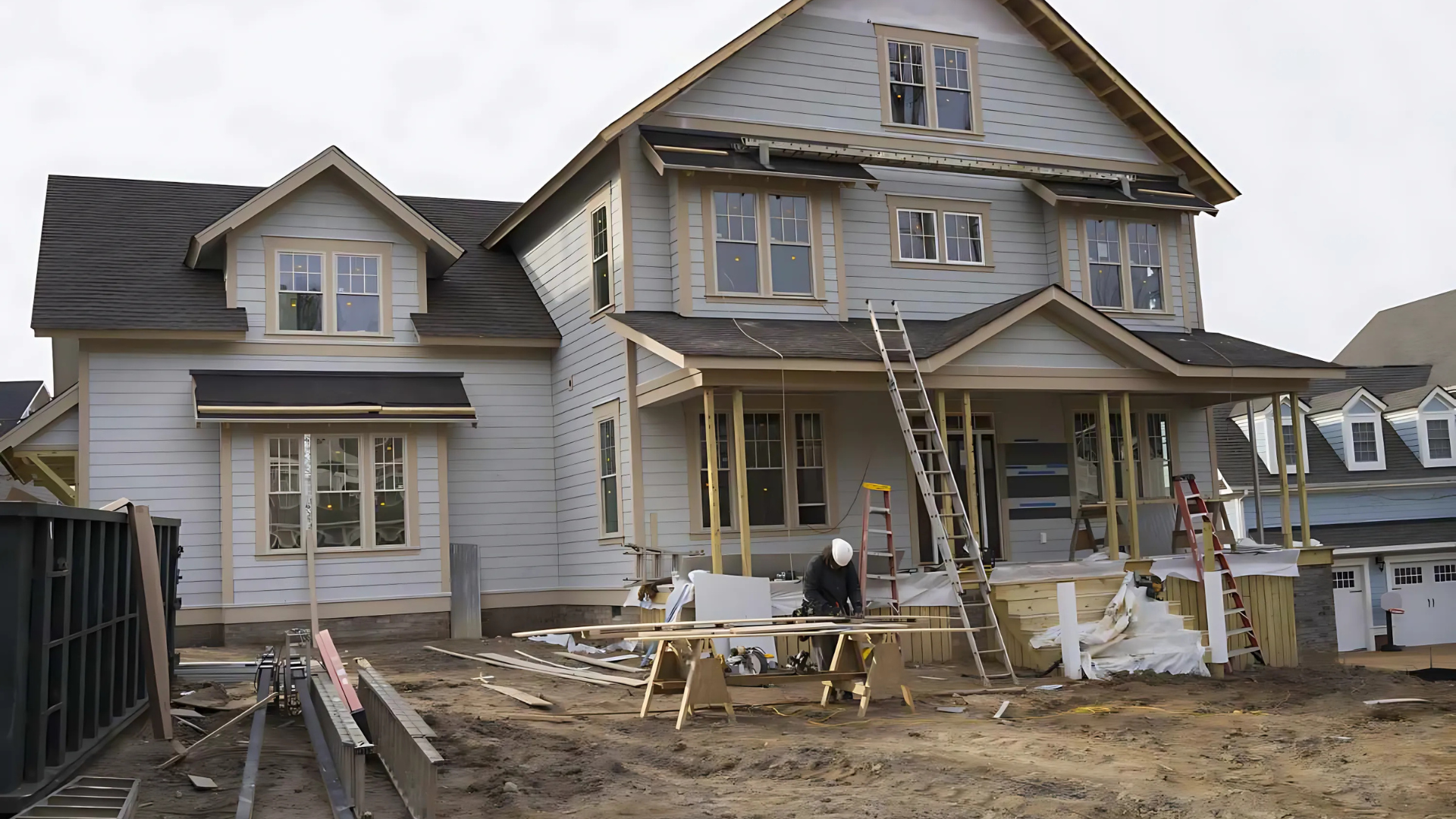When I first started homeschooling, I wanted a clear homeschool schedule that actually worked for my family. I wasn’t sure what the day should look like or how much time to spend on each subject.
Over time, I realized there’s no single right way. The best schedule is the one that fits your child’s age, your family routine, and your priorities.
Seeing real examples from other families made it easier for me to shape our own rhythm.
In this blog, I’ll share practical homeschool schedule examples you can use for inspiration. These ideas will give you a framework you can adjust to match your lifestyle and goals.
What a Typical Homeschool Day Looks Like
Every family’s homeschool schedule is unique, but most days follow a familiar rhythm. Kids need a balance of focused learning, active breaks, and family time to stay engaged.
A simple homeschool day might look like this:
- Morning: Reading, math, and other core subjects
- Midday: Snack, outdoor play, and a hands-on creative activity
- Afternoon: Science, history, or a longer project-based lesson
- Evening: Family activities, chores, or unstructured free play
This type of homeschool schedule creates structure without being overwhelming.
It helps children know what to expect while giving parents flexibility. From here, you can adapt the day to fit your child’s age, your lifestyle, and your family goals.
Why Families Use Different Homeschool Schedules
Homeschool schedules aren’t one-size-fits-all. What works for one family may not fit another. That’s because daily routines often shift based on several key factors.
- Age and energy levels: Younger kids learn best in short bursts. They need frequent breaks, snacks, and movement. Older students can handle longer lessons and more independent work.
- Parent work commitments: Some parents homeschool in the morning before work. Others save lessons for the afternoon or evening, depending on job schedules.
- Extracurriculars and outside activities: Sports, therapy appointments, and co-op classes all shape the flow of the day. These anchors often determine when schoolwork fits best.
When you consider these factors, it’s easy to see why every homeschool schedule looks different. The best schedule is the one that supports both learning and family life.
Common Types of Homeschool Schedules

Families often use one of a few main approaches when creating a homeschool schedule. Each style has strengths, and the right choice depends on your family’s needs and routine.
1. Block Schedule
A block schedule groups a few subjects into larger time chunks, usually one to two hours each. This approach allows for a deeper focus and reduces the constant switching between subjects.
For example, you might teach math and reading on Monday, then science and writing on Tuesday. Families who like fewer transitions often find this structure keeps kids calm and engaged.
2. Loop Schedule
A loop schedule rotates subjects in a repeating order instead of locking them to certain days. If you don’t finish a lesson, it simply moves to the next session without pressure.
This style works well for families who want balance and flexibility. It ensures no subject is skipped while keeping variety in the homeschool day.
3. Routine/Anchor-Based Schedule
Anchor-based schedules don’t rely on strict times but instead build around daily habits or family rhythms. Activities like breakfast, lunch, or a morning walk act as natural anchors.
For example, you might always read after breakfast or do art after lunch. This style provides predictability without needing to watch the clock, which can ease stress.
4. Chunked Learning Schedule
Chunked schedules divide the day into broad blocks, such as “morning learning,” “afternoon projects,” or “evening reading.” Families then choose subjects to fit within those blocks.
This approach offers freedom but still gives a clear structure to the day. It’s especially helpful for households balancing multiple children or outside commitments.
Quick Comparison
| Schedule Type | Key Feature | Best For | Example Flow |
|---|---|---|---|
| Block Schedule | Focuses on fewer subjects per day | Families who want deep focus | Monday: Math & Reading; Tuesday: Science & Writing |
| Loop Schedule | Rotates subjects across the week | Families who need flexibility | Monday: Math, Reading; Tuesday: Science, then loop back |
| Routine/Anchor-Based | Uses meals/activities as anchors | Families who dislike strict times | Reading after breakfast; Play after lunch |
| Chunked Learning | Large flexible blocks of time | Families who want structure + freedom | Morning learning; Afternoon projects |
These homeschool schedule types give you a framework to start with. Once you understand the options, you can adapt them to your lifestyle.
Homeschool Schedule Examples

Parents often want to know how a homeschool schedule looks at different ages. Preschool is usually the first step, and it works best when the day feels simple, light, and playful.
1. Preschool Daily Rhythm
Preschoolers learn best when the day feels playful, short, and full of variety.
- Morning: Start with free play to burn off energy, then gather for a story or songs. Add a short, fun learning activity like naming colors, counting blocks, or sorting shapes.
- Midday: Break for a snack, then head outside for active play. Simple activities like blowing bubbles, chalk drawing, or a nature walk keep kids curious and moving.
- Afternoon: Plan a nap or quiet rest with books. Afterward, try art or hands-on play such as playdough, painting, or block building.
- Evening: Keep things simple with family games, music, or relaxed play before winding down for bedtime.
A preschool homeschool schedule should focus on play, gentle structure, and curiosity, not long lessons.
2. Kindergarten Homeschool Schedule
Kindergarten should mix short academic lessons with plenty of breaks, play, and creative activities.
- Morning: Begin with breakfast and a morning circle — songs, calendar, or a short discussion. Move into reading practice or phonics, followed by a brief math activity with games or manipulatives.
- Midday: Allow time for a snack and outdoor play. Then shift to a creative block with art, music, or a themed activity that ties learning to fun.
- Afternoon: Include quiet rest, reading time, or puzzles to recharge. Later, add a hands-on project, nature walk, or science activity.
- Evening: Keep it light with family time, chores, or free play. This helps end the day in a calm but connected way.
A kindergarten homeschool schedule blends learning and play to build strong early habits without overwhelming kids.
3. Elementary School Schedule (Grades 1–5)
Elementary students can focus longer than younger kids but still benefit from variety and movement.
- Morning: Begin with core subjects like reading, writing, and math. Keep lessons structured but add small breaks to stretch, snack, or chat.
- Midday: Take a longer snack or lunch break, then allow outdoor play. Follow this with enrichment activities like journaling, spelling games, or handwriting practice.
- Afternoon: Rotate between subjects such as science, history, or geography. Encourage hands-on learning through projects, experiments, or group activities.
- Evening: End the day with chores, family reading, or quiet time. This balance of responsibility and relaxation keeps kids engaged.
An elementary homeschool schedule should mix core lessons, projects, and movement to maintain focus and interest.
4. Middle and High School Schedule
Older students do well with independence but need structured learning blocks to stay on track.
- Morning: Begin with independent reading or journaling to build focus. Transition to math and science while energy and attention are highest.
- Midday: Break for lunch and downtime. Afterward, move into history or social studies to encourage discussion and critical thinking.
- Afternoon: Dedicate time to language arts, electives, or project-based work. Teens can pursue interests like art, coding, or music in this block.
- Evening: Reserve time for sports, clubs, a part-time job, or independent study. This gives teens space for responsibility outside academics.
A middle or high school homeschool schedule should encourage self-direction while still providing a structured academic foundation.
Schedules by Family Type
Not all homeschool families look alike. Each household builds a homeschool schedule around its priorities and lifestyle.
| Family Type | Morning | Midday | Afternoon/Evening |
|---|---|---|---|
| Working Parent | Core lessons before work | Independent reading or online courses | Review, group activities, or family time |
| Large Family | Group subjects (history, science) | Independent math and writing by age | Rotating projects or hands-on activities |
| Only Child | One-on-one reading, math, and writing | Enrichment (art, music, sports) | Free play, clubs, or community activities |
| Faith-Based | Devotion, prayer, or memory work | Core academics (math, language arts) | Service projects, electives, or outdoor time |
| Relaxed/Unschooling | Breakfast, play, or child-led learning | Outings, creative projects, or nature time | Reading, games, or family-based learning |
These homeschool schedule examples show just how flexible homeschooling can be. Families shape their days to reflect both their responsibilities and their values.
Tips for Adapting These Schedules
You don’t have to copy someone else’s homeschool schedule exactly. The goal is to use these ideas as a starting point and shape them to fit your own family.
- Start simple: Begin with a basic routine and adjust as your family settles in.
- Keep lessons short: Younger children learn best with quick sessions and frequent breaks.
- Mix activities: Balance quiet work with active play to keep energy steady.
- Add breaks: Plan time for snacks, outdoor play, and movement.
- Include life skills: Blend academics with chores, family time, and everyday learning.
When you focus on what truly works for your household, your homeschool schedule becomes natural and sustainable. It will grow with your children and your family’s needs.
Conclusion
Creating a homeschool schedule doesn’t have to be complicated. What matters most is finding a rhythm that keeps learning steady while giving your family the flexibility it needs.
I’ve shared examples from preschool through high school, along with a kindergarten homeschool schedule for younger learners.
These sample routines show that homeschooling can be both structured and flexible at the same time.
The key is to start simple, adjust as you go, and focus on what works best for your family. Try out one of these homeschool schedule ideas this week and see how it fits.










